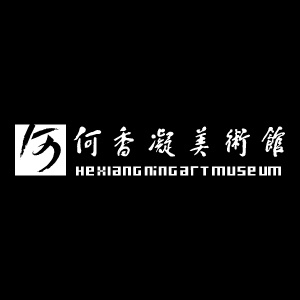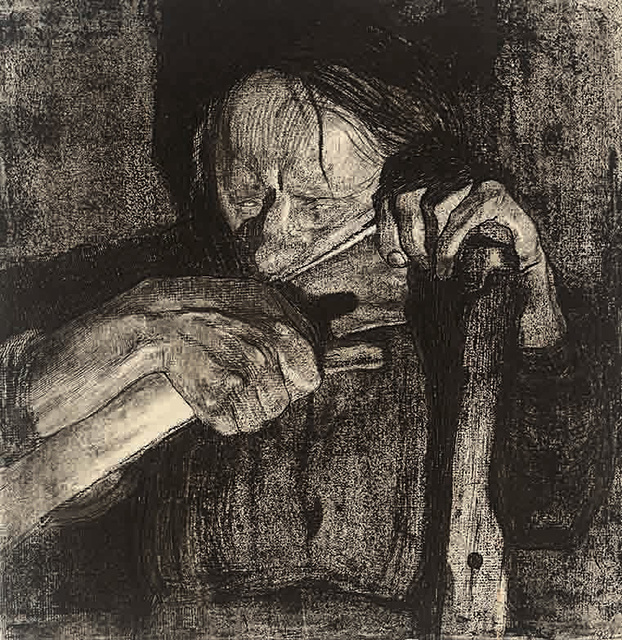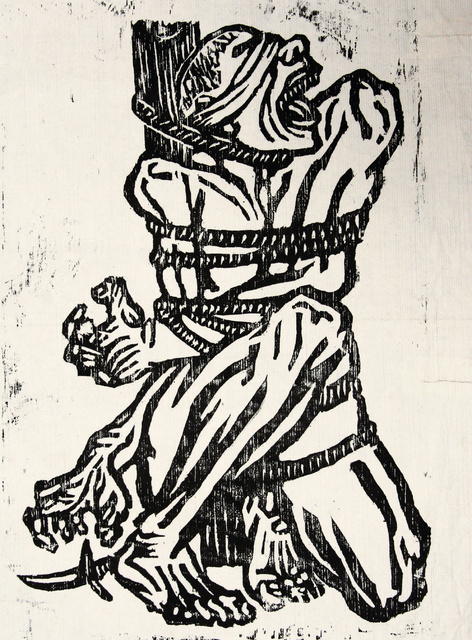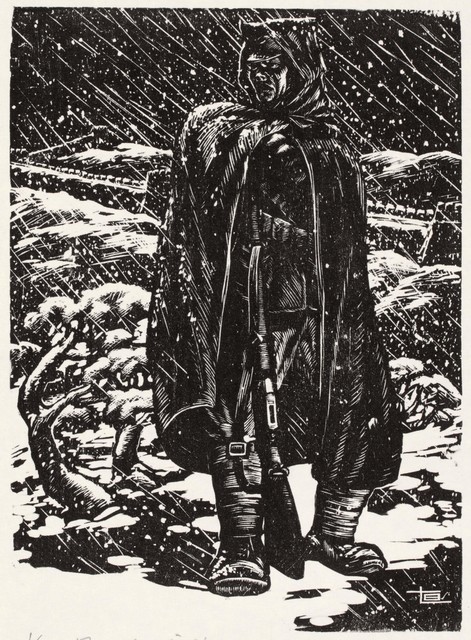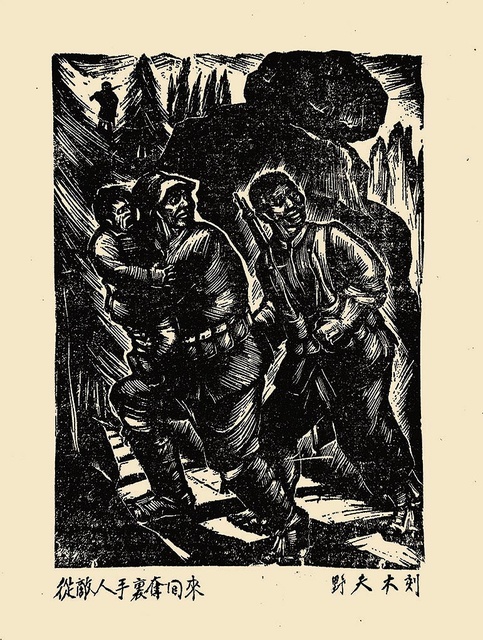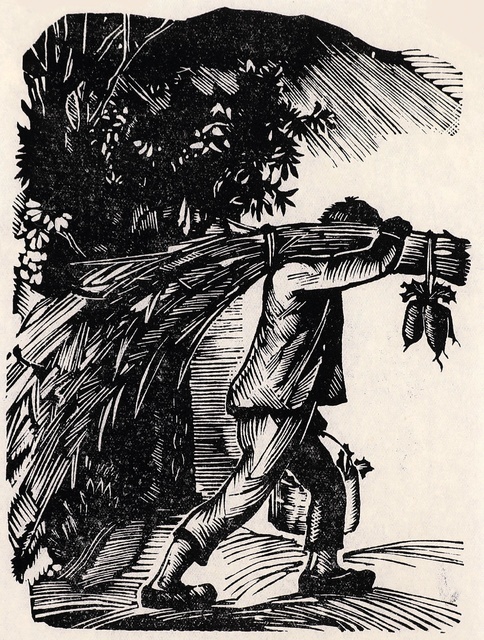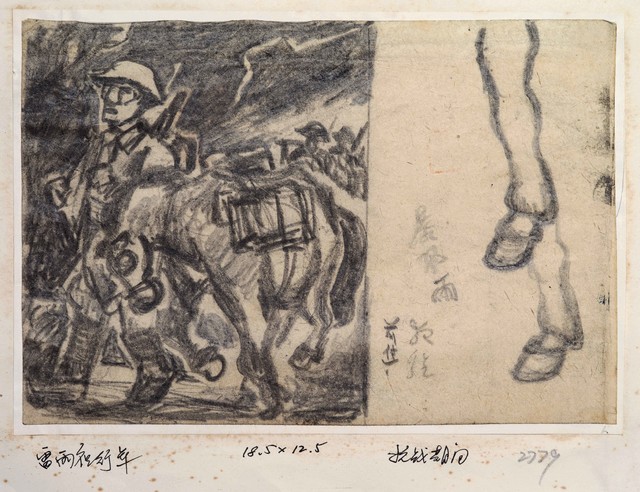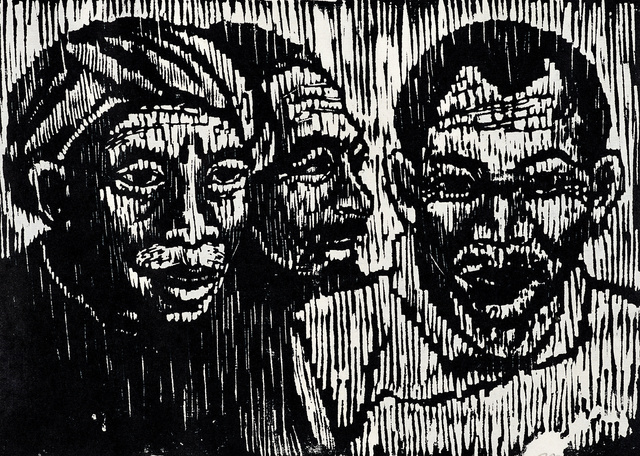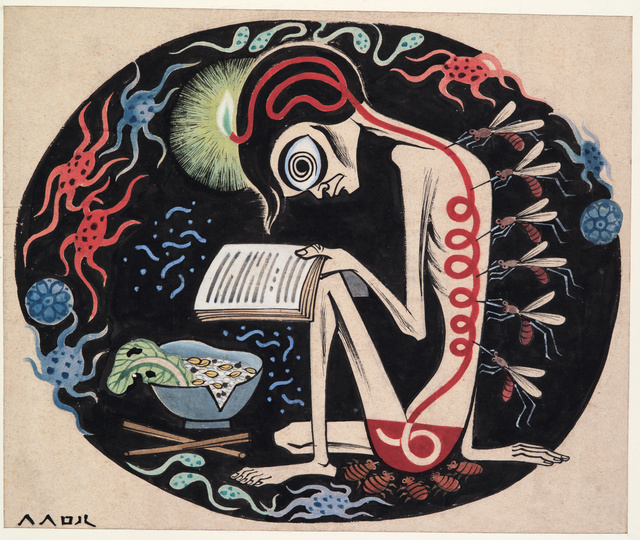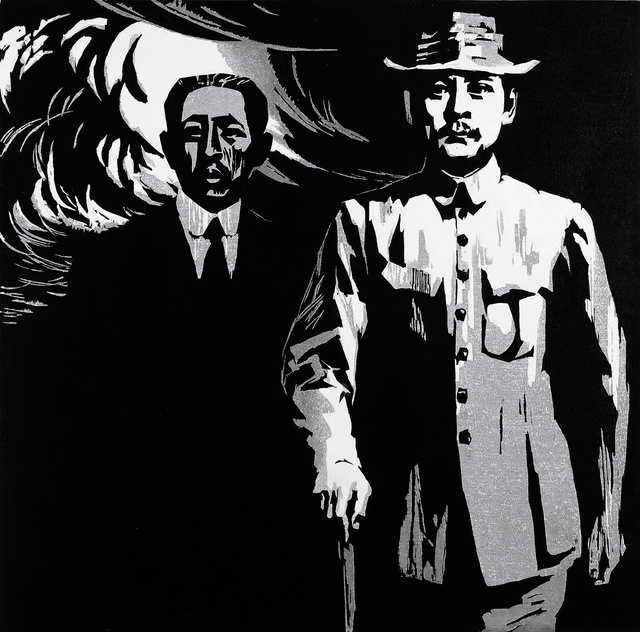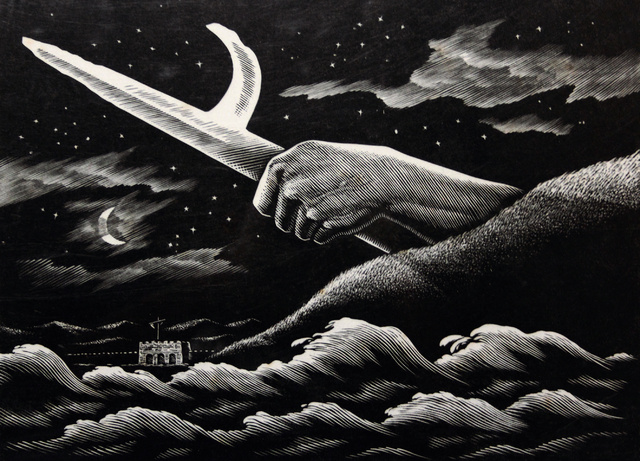Organizers:
He Xiangning Art Museum
Guangdong Museum of Art
Zhejiang Art Museum
Guanlan·China Printmaking Museum
Lianyungang Museum
Guyuan Art Museum
Huamao Museum of Art Education
Exhibition Director: Cai Xianliang
Exhibition Coordinator: Cheng Bin, Lin Fan
Academic Advisor:Qi Fengge
Curator: Yi Donghua
Curatorial Assistants: Zhou Jinchang, Li Junjun
Exhibition Liaison: Yu Xiangzhi
Public Education: Luo Siying
Media Relations: Zhao Yue
Exhibition Design: BREEZE Design
In the early 20th century, Chinese art was undergoing profound changes. The image trends presented in Truth Pictorial clearly showed that art had shifted from the seclusion and leisure of "fishermen in thatched pavilions" to the realistic concern of "flames of war". This was not only a change in themes, but also a major turning point for Chinese art to get close to the times and reach the public. Against this background, images began to carry collective cognition and social values in the public domain. Artists also actively explored new image systems, hoping to inspire social mobilization through art, and a batch of works reflecting reality and the people emerged as the times required.
Among various art forms, modern woodcut prints were favored for their fast creation speed and flexible expression forms, especially becoming a key communication medium due to their reproducibility. AsLu Xun once said, "Modern woodcuts are those that use a few carving knives and a piece of wood to create many works of art and spread them to the public." Woodcut prints not only became a carrier for recording the changes of the times, but also turned into a powerful "visual weapon", enabling images carrying ideas to spread widely across class barriers. Artists put down their writing brushes and picked up carving knives, making art truly enter the streets and alleys as well as the front lines of the War of Resistance.
2025 marks the 80th anniversary of the victory in the Chinese People's War of Resistance Against Japanese Aggression and the World Anti-Fascist War, as well as the 100th anniversary of the passing of Sun Yat-sen and Liao Zhongkai. In collaboration with six institutions—the Guangdong Museum of Art, Zhejiang Museum of Art, China Guanlan Printmaking Art Museum, Lianyungang Museum, Gu Yuan Art Museum, and Ningbo Huamao Art Education Museum—our museum has co-curated the special exhibition Woodcut Memories:Visual Practices and Media Communication of Chinese Artists (1931–1945). Featuring approximately 200 precious woodcut works and a rich collection of ‘Anti-Japanese War images’, the exhibition traces a thread through media images and is divided into four units: ‘Take Action’, ‘Art in War’, ‘Popular Prints: The People’, and ‘Not Far Gone’. It showcases masterpieces by numerous artists, including Käthe Kollwitz, Luo Gongliu, Zhao Yannian, Song Bingheng, Li Qun, Chen Wang, Gu Yuan, Huang Xinbo, Li Hua, Yan Han, Fu Luofei, and Chen Yanqiao.This exhibition was selected for the Ministry of Culture and Tourism's 2025 National Art Museum Young Curators Support Program and received support from the Shenzhen Publicity and Culture Fund.
Eighty years ago, artists walked out of their studies, used woodcarving knives, paintbrushes and other media to record sufferings, denounce aggression, call for resistance, and gather patriotic strength through art.
